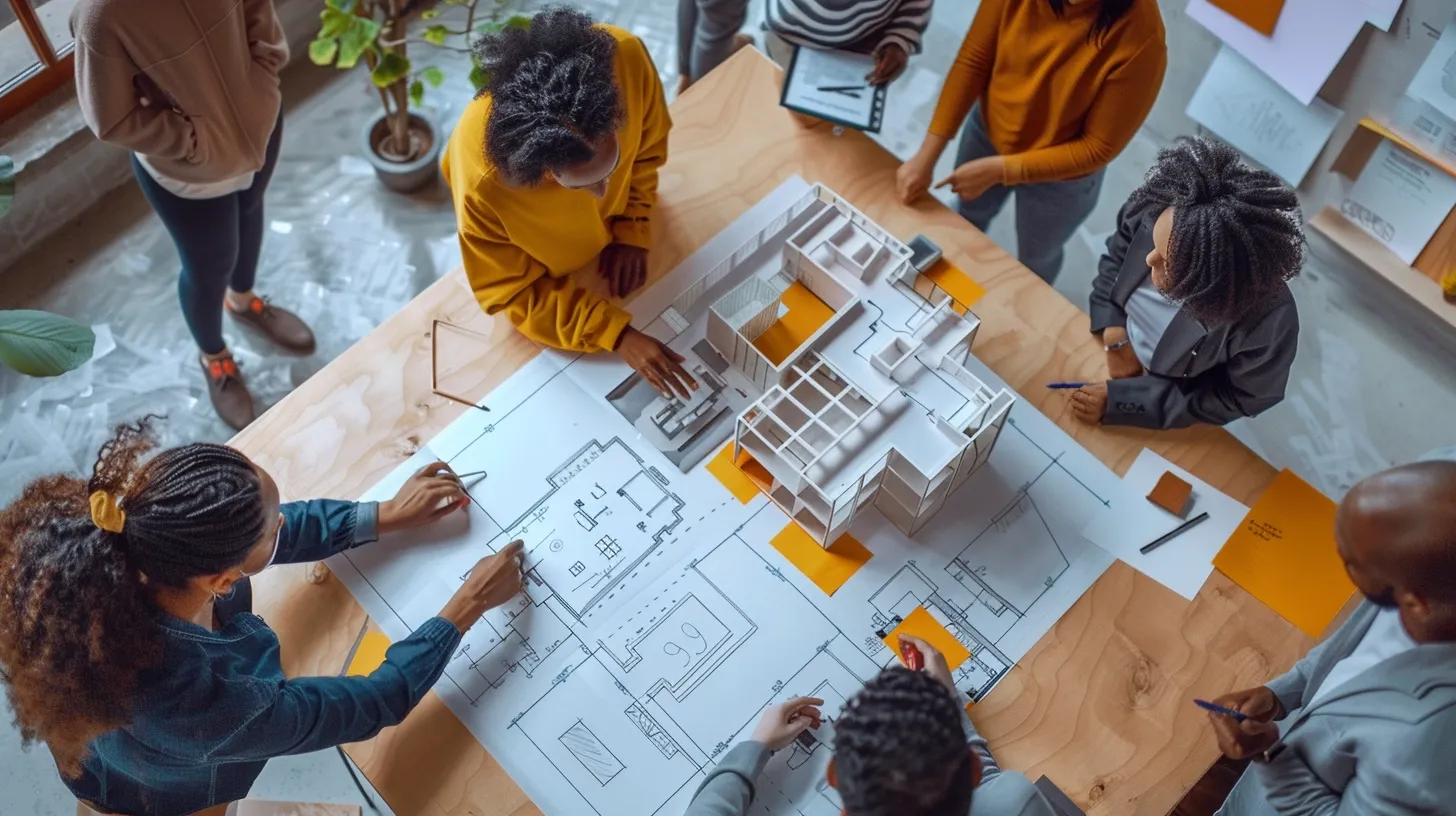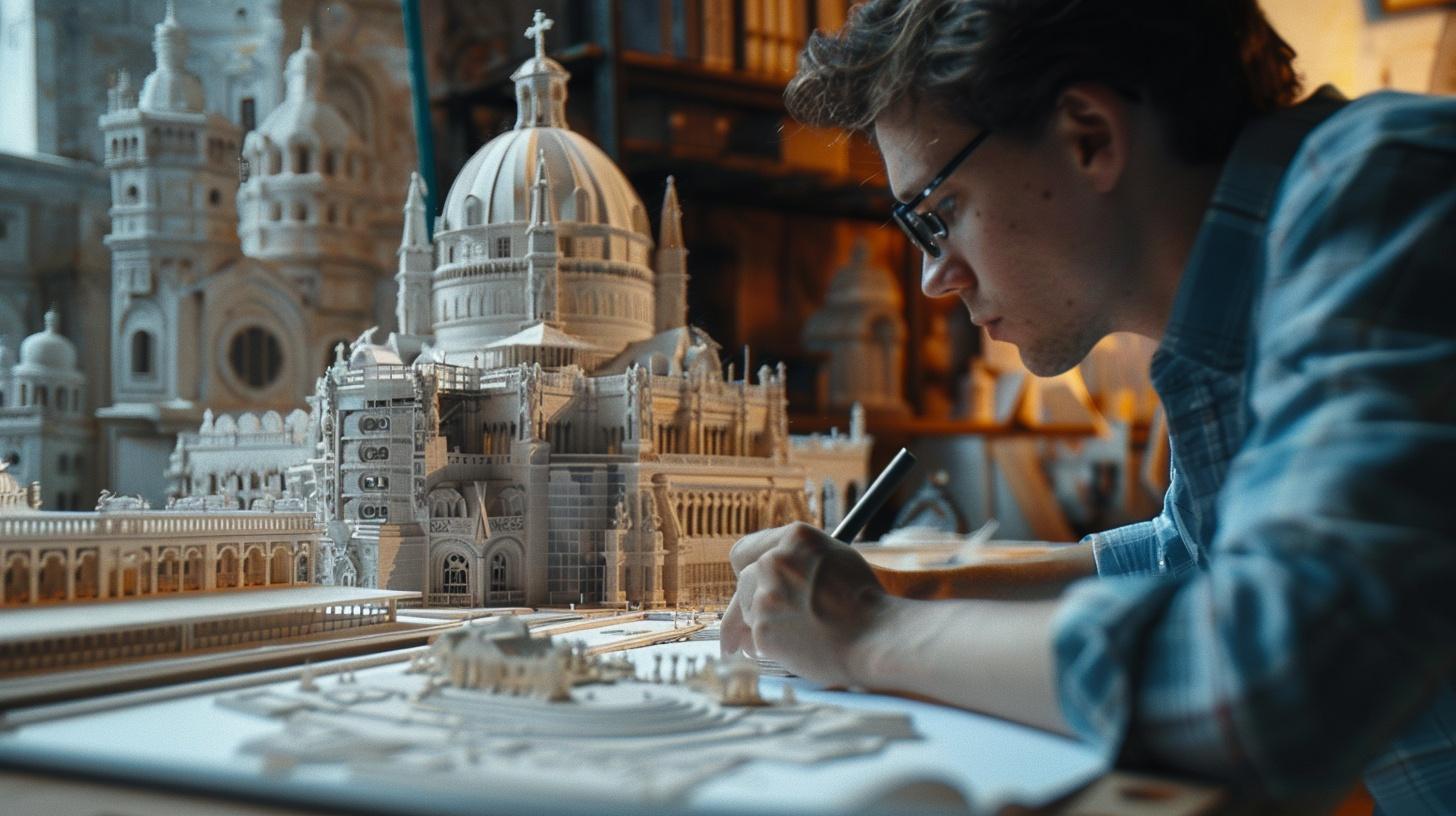
Creating Architectural Designs that Embrace Diverse Cultures

Architectural designs that embrace diverse cultures are more than just structures; they are reflections of the rich tapestry of human experiences and traditions. From the towering minarets of Islamic mosques to the intricate carvings of African tribal huts, architecture serves as a canvas for cultural expression and identity. But how does one go about creating architectural designs that truly embrace the diversity of our world? Today, we will look at the essential principles and practices for architects seeking to infuse their designs with the spirit of cultural inclusivity.

Latest
Other Topics
Understanding Cultural Influence on Architecture in Diverse Cultures
Before delving into the intricacies of design, it’s crucial to grasp how diverse cultures shape architectural styles and forms. Cultural influences on architecture are manifold, encompassing factors such as available construction materials, religious practices, climatic conditions, and societal values. For example, the pyramids of Egypt stand as enduring symbols of power and eternity, reflecting the religious beliefs and social hierarchy of ancient Egyptian civilization.
Incorporating Cultural Symbols and Motifs
One of the most tangible ways to infuse architectural designs with cultural diversity is by incorporating symbolic elements and motifs. These symbols serve as visual cues that resonate with specific cultural narratives, beliefs, and values. For instance, the use of intricate geometric patterns in Islamic architecture not only adds aesthetic beauty but also reflects the mathematical precision and spiritual significance found in Islamic art and culture.
Symbols act as bridges, connecting individuals to their cultural heritage and fostering a sense of belonging within architectural spaces. To see more examples of architecture that reflect diverse cultural symbols, take a virtual tour of the Victoria Memorial in Kolkata, India, or the Thien Hau Temple in Los Angeles, California.
Adapting Design Principles to Local Contexts
Creating architectural designs that embrace diverse cultures requires a deep understanding of the local context in which the structures will be built. Architects must consider factors such as climate, geography, and societal norms to ensure that their designs are not only aesthetically pleasing but also functional and sustainable. For example, traditional Thai houses are elevated on stilts to mitigate flooding during the rainy season, demonstrating how architectural forms are shaped by environmental conditions and cultural practices.
Engaging with Local Communities
Perhaps the most crucial aspect of creating culturally inclusive architectural designs is engaging with local diverse cultures, in the community throughout the design process. By soliciting input from residents, community leaders, and cultural experts, architects can ensure that their designs are rooted in the lived experiences and aspirations of the people they serve. This collaborative approach not only fosters a sense of ownership and pride among community members but also leads to more responsive and sustainable design solutions.
Integrating Architectural Narratives of Inclusivity
Architecture, at its core, is a form of storytelling. It is through the built environment that we weave narratives of identity, belonging, and cultural heritage. Therefore, architects must approach their designs as narratives of inclusivity, seeking to amplify voices that have historically been marginalized or overlooked. By intentionally integrating diverse perspectives and experiences into architectural narratives, designers can challenge existing power structures and create spaces that affirm the dignity and worth of all individuals.
Embracing the Imperfect Beauty of Diversity
In our quest to create architectural designs that embrace diverse cultures, it’s essential to embrace the imperfect beauty of diversity. True inclusivity acknowledges that cultures are dynamic and multifaceted, constantly evolving in response to changing social, political, and environmental conditions. Therefore, architects must approach their designs with humility and openness, recognizing that they are but stewards of cultural heritage, entrusted with the task of translating tradition into contemporary expressions of identity and belonging.
Final Thoughts
Creating architectural designs that embrace diverse cultures is both a challenge and an opportunity to redefine the boundaries of creativity and inclusivity. By understanding cultural influences, adapting design principles to local contexts, engaging with local communities, crafting narratives of inclusivity, and embracing the imperfect beauty of diversity, architects can create spaces that transcend mere functionality to become symbols of unity and belonging. At Designs Boss, we are committed to championing diversity in architecture and empowering communities through thoughtful and inclusive design practices. Contact us today to start your architectural journey and join us in shaping a more inclusive built environment for future generations.


